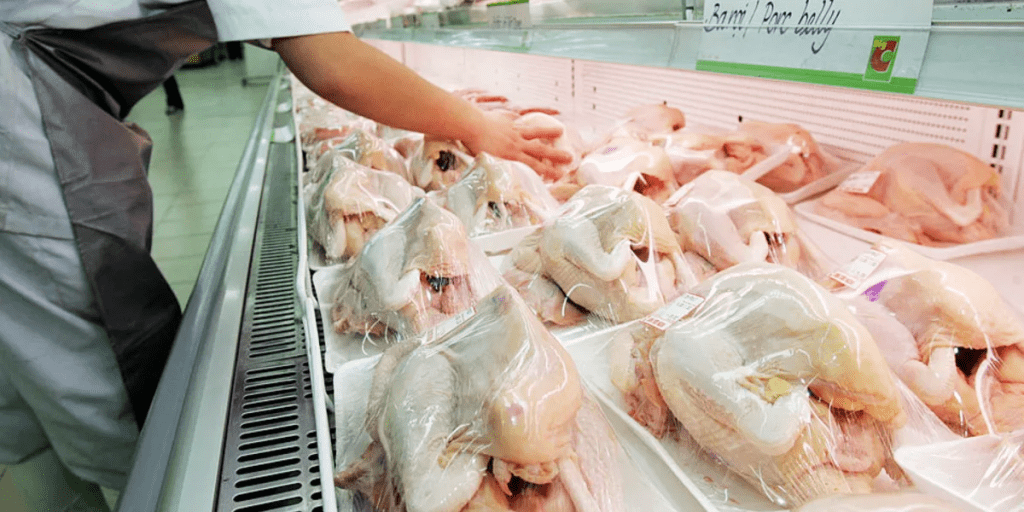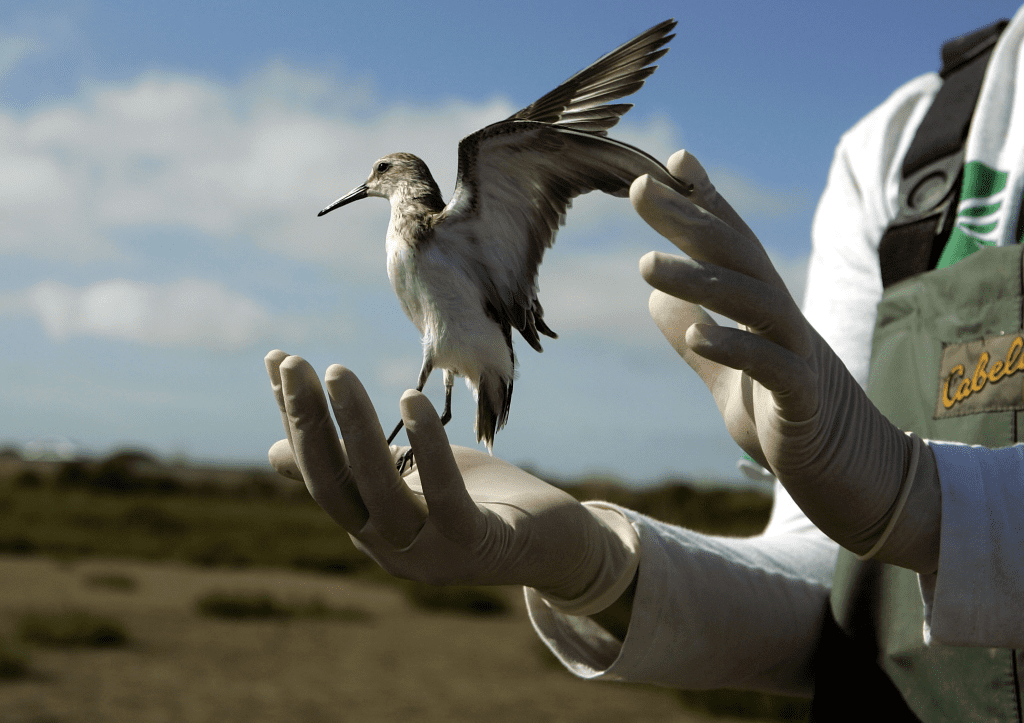The United States has reported its first severe case of avian influenza A(H5N1), commonly referred to as bird flu, linked to backyard flocks. The case, confirmed in Louisiana, has prompted widespread concern and government action. Meanwhile, California has declared a state of emergency in response to the increasing spread of H5N1 in the state. This article delves into the details of this developing situation and the steps being taken to mitigate the outbreak.

The First Severe H5N1 Case in the U.S.
On December 13, 2024, the Centers for Disease Control and Prevention (CDC) confirmed the first severe case of H5N1 bird flu in the U.S., originating from Louisiana. The infected individual, who has been hospitalized, had direct contact with sick and deceased birds from backyard flocks. This marks a significant development, as it is the first reported human case in the U.S. tied specifically to backyard poultry exposure.
Understanding the Virus
The genomic analysis of the H5N1 strain in this case has linked it to the D1.1 genotype. This genotype has been detected in wild birds, poultry, and human cases in Canada and Washington. Interestingly, it differs from the B3.13 genotype responsible for infections in dairy cows and some human cases in other regions of the U.S. The CDC continues to study the virus to better understand its behavior and risks.
While severe cases of H5N1 in humans have occurred in other countries, the CDC reassures that the overall public health risk remains low, with no evidence of human-to-human transmission at this time.
The Growing Spread of H5N1 in the U.S.
The H5N1 bird flu has been spreading steadily across the U.S. since its first detection in wild birds in South Carolina in January 2022. By March 2024, it had been confirmed in states like Texas and Kansas, primarily affecting dairy cows and poultry. To date, the virus has been reported in 16 states, including 61 confirmed human cases across seven states.
California has been particularly affected, with 34 human cases and significant outbreaks in dairy herds. These developments have led California Governor Gavin Newsom to declare a state of emergency to streamline containment measures.
California’s Response: State of Emergency Declared
Governor Gavin Newsom’s declaration of a state of emergency is a proactive measure to combat the spread of H5N1 bird flu. The move allows for greater flexibility in staffing, contracting, and implementing containment protocols. California has also launched the nation’s most extensive testing and monitoring system to address the outbreak.

Enhanced Containment Measures
The declaration enables California to:
- Streamline Resources: Rapidly deploy personnel and equipment where needed.
- Strengthen Monitoring: Increase surveillance of poultry farms, dairy herds, and wildlife populations.
- Support Agriculture: Assist farmers and poultry workers affected by the outbreak.
- Protect Public Health: Ensure timely communication and updates for residents.
Governor Newsom emphasized the importance of these efforts, stating, “We are committed to further protecting public health, supporting our agriculture industry, and ensuring that Californians have access to accurate, up-to-date information.”
Health officials have confirmed the first severe case of H5N1 bird flu in the United States, marking a pivotal moment in monitoring efforts for the virus.
— The Epoch Times (@EpochTimes) December 18, 2024
The patient, a resident of southwestern Louisiana, was hospitalized after exposure to sick and dead birds in a backyard… pic.twitter.com/oCV1wSS9i5
Preventative Measures for the Public
Reducing the risk of H5N1 exposure is crucial. Public health officials have issued the following recommendations to minimize potential risks:
1. Avoid Contact with Sick or Dead Animals
Stay away from sick or deceased birds, poultry, or animals that could potentially be infected. Wild birds and backyard flocks are especially high-risk.
2. Use Personal Protective Equipment (PPE)
If contact with potentially infected animals is unavoidable, always wear protective gear, such as:
- Gloves
- Safety goggles
- N95 respirators
- Disposable coveralls
Proper use of PPE can significantly reduce the risk of exposure.
3. Cook Food Thoroughly
To eliminate potential contamination:
- Cook poultry, eggs, and meat to safe internal temperatures.
- Only consume pasteurized dairy products.
4. Monitor for Symptoms
Individuals exposed to infected animals should monitor themselves for symptoms, including:
- Respiratory issues
- Eye redness or irritation
- Fever
Anyone experiencing symptoms should seek medical attention promptly.
⚠️ BREAKING:
— Infectious Disease Tracker (@HmpxvT) December 13, 2024
CDC's wastewater surveillance program shows H5N1 bird flu positive wastewater in 11 states. pic.twitter.com/hrgwRZnqiF
Steps for Poultry and Livestock Workers
Poultry and livestock workers are particularly vulnerable to H5N1 exposure. Employers in these industries are encouraged to implement enhanced safety measures to protect their workforce.
1. Update Workplace Health and Safety Plans
Employers should revise health and safety plans to include protocols for H5N1 exposure. Conducting hazard assessments can help identify high-risk tasks and implement necessary controls.
2. Provide Personal Protective Equipment (PPE)
Ensure workers have access to appropriate PPE, including gloves, masks, and protective clothing, to minimize contact with infected animals or contaminated materials.
3. Enforce Hygiene Practices
Employers should encourage strict hygiene practices, including frequent handwashing and the proper disposal of contaminated materials.
4. Isolate Infected Animals
Quickly identifying and isolating infected animals can prevent the virus from spreading further. Prompt action is essential to contain outbreaks and protect both animals and workers.
The Global Context of H5N1 Bird Flu
H5N1 bird flu is not new to the global stage. It has caused severe illness and fatalities in various countries, particularly in Asia and Europe. While person-to-person transmission remains rare, the virus’s ability to infect humans through direct contact with infected birds or animals underscores the need for vigilance.
BREAKING: California Governor Gavin Newsom declares a 'state of emergency' due to the H5N1 bird flu epidemic. pic.twitter.com/g6MjdWNPMz
— Hunter Cullen (@IndictmentTime) December 18, 2024
Global Lessons for the U.S.
Countries with prior experience in managing H5N1 outbreaks offer valuable insights:
- Rapid Response Matters: Quick containment measures can prevent the virus from spreading.
- Public Awareness is Key: Educating the public about risks and precautions can save lives.
- Global Cooperation is Essential: Sharing data and strategies across borders can enhance containment efforts.
Conclusion: A Unified Approach to Combating H5N1

The first severe case of H5N1 bird flu in the U.S., combined with the state of emergency in California, serves as a wake-up call for both public health officials and the general population. While the overall risk remains low, the potential impact on human health, agriculture, and the economy cannot be ignored.
By implementing robust containment measures, following public health recommendations, and supporting affected industries, we can effectively mitigate the spread of H5N1. This outbreak is a reminder of the importance of preparedness, vigilance, and cooperation in safeguarding public health.
Stay informed, take precautions, and remember that proactive steps today can prevent larger challenges tomorrow. Together, we can tackle this outbreak and protect our communities from further harm.